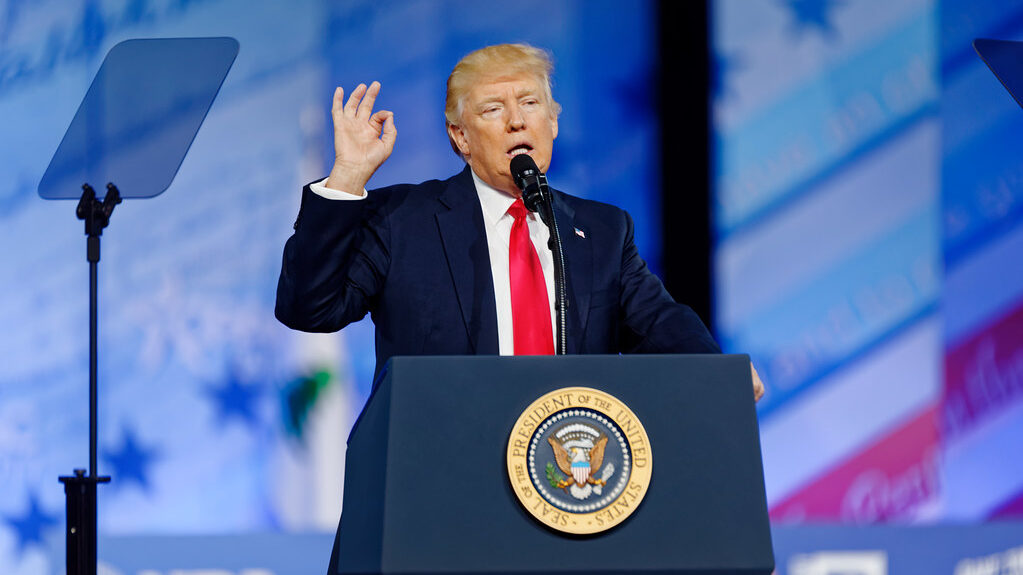
In November 2019, the Trump Administration started the formal withdrawal process from the Paris Climate Agreement. The agreement was put into effect on Nov. 4, 2016, and “for the first time brings all nations into a common cause to undertake ambitious efforts to combat climate change and adapt to its effects, with enhanced support to assist developing countries to do so,” according to United Nations Framework Convention on Climate Change (UNFCCC) official.
“Due to President Trump’s decision to pull out of the Paris Agreement, we are now scheduled to officially pull out of it on Nov. 4, 2020 (which is the day after the next presidential election). On that date, the U.S. will be downgraded to observer status,” said Assistant Professor of Political Science Dr. Justin Delacour.
The main goal of the agreement is to keep the global temperature rise in the 21st-century below two degrees Celsius above pre-industrial levels and if possible, keep the temperature increase less than 1.5 degrees Celsius.
The United States entered the agreement in 2016 when Barack Obama was president. The over 55 parties in agreement accounted for about 55% of the world’s total global greenhouse gas emissions. To keep track of each party’s progress, a stocktake will be required every five years, which began in 2018.
“The agreement leaves it up to individual countries to set their own targets for emissions reductions. Moreover, there is no penalty for a country’s failure to meet its own targets. The primary way that the agreement seeks to incentivize reductions in greenhouse gases is by monitoring how well countries perform at meeting their own targets,” said Delacour. “Through monitoring and transparency, the agreement seeks to create some peer pressure on states to try to meet their targets, but there is no penalty for non-compliance.”
Some countries and states have taken it even further. For example, Sweden’s current goal is to reduce greenhouse gas emissions by 85% in 2045, becoming carbon neutral; meaning, they would have no net release of carbon dioxide into the atmosphere due to equal absorption of carbon dioxide by plants. So far, only two countries, Bhutan and Suriname, have reached carbon neutrality, but many others have goals of reaching it by 2050.
If a Republican wins, it is unlikely the current U.S.’s stance on climate change and the agreement will change, but based on current Democrats’ stance on climate change, if one were to win, the U.S. may rejoin the Paris Climate Agreement and strengthen its climate policies. However, Trump’s decision to pull out of the agreement could help him win the reelection.
“Trump’s anti-environmentalism may work for him politically. By rejecting the Paris Agreement, Trump appeals to those who work in the fossil fuel industries and industries that are heavily dependent upon fossil fuels. There are two critical swing states, Ohio and Pennsylvania, that have significant fossil fuel industries,” said Delacour. “By conveying that he is a defender of coal, oil and natural gas, Trump puts himself in a position to possibly win those states again and to thereby enhance his prospects of reelection. Thus, some might call Trump’s anti-environmentalism ‘smart’ politics, but I doubt historians will look kindly upon his decision to pull out of the Paris Agreement.”
If the next president does decide to rejoin the agreement, they “can apply for readmission and rejoin the agreement within 30 days,” according to Delacour. The main consequence of the U.S. withdrawing is a lack of incentive for major emitters, like China, to reduce their emissions for it may give the U.S. an economic incentive.
